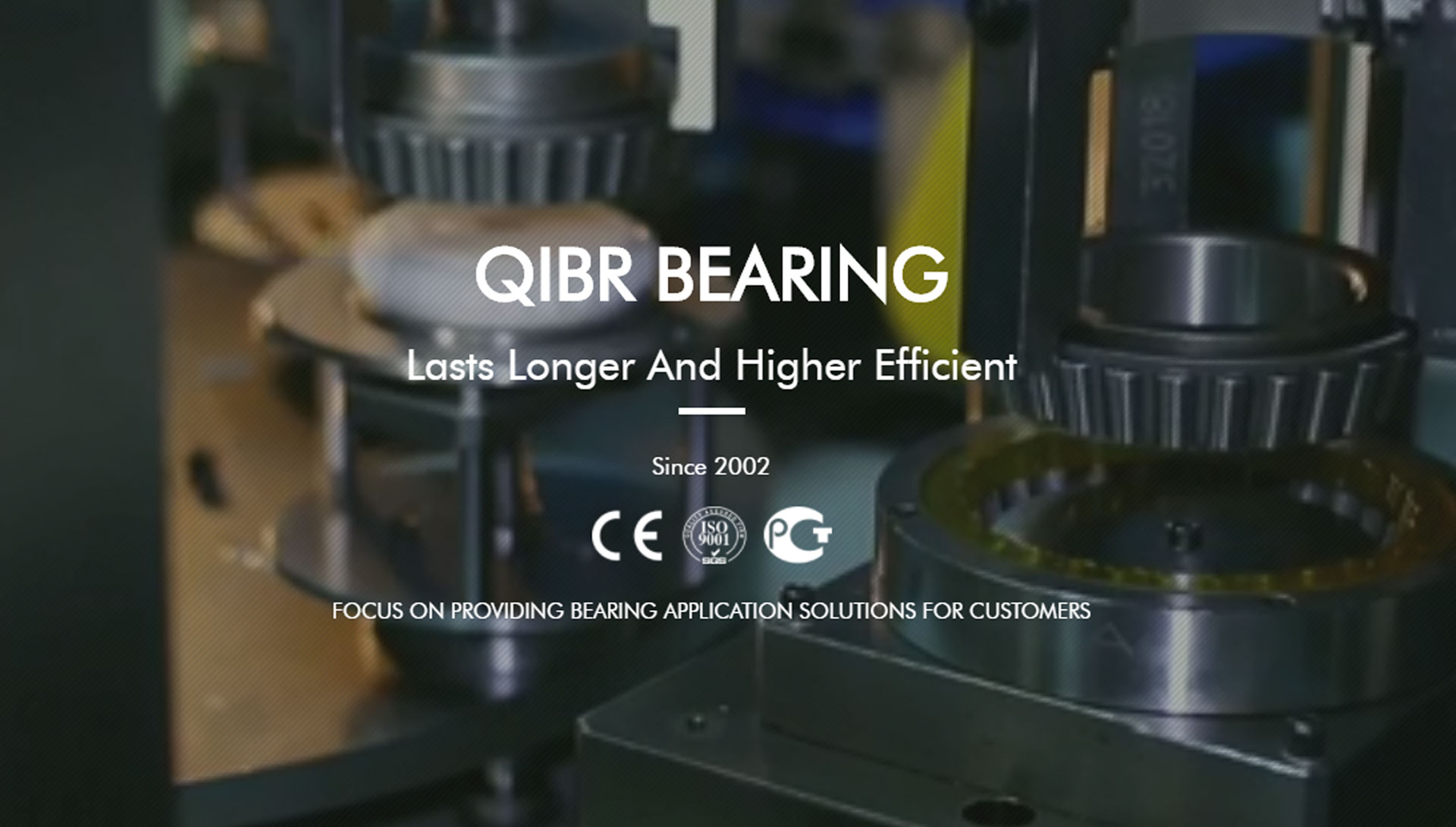Bearing Knowledge
TECHNICAL STANDARDS OF BEARING STEEL
release time:2020/9/22 15:47:38
The production of bearing steel mainly implements the GB/T18254-2002 standard and Laiwu Steel GCr15JD quality agreement adapted to the requirements of precision forged bearing users. The quality requirements of the GCr15JD agreement are stricter than the GB/T18254-2002 standard, and the GCr15JD requires oxygen content ≤10ppm and central segregation level ≤1.0 grade, composition control, sizing and size deviation are all stricter than GB/T18254-2002 standard.
Bearings are subjected to great pressure and friction during work, so the bearing steel is required to have high and uniform hardness and wear resistance, as well as high elastic limit. The requirements for the uniformity of the chemical composition of the bearing steel, the content and distribution of non-metallic inclusions, and the distribution of carbides are very strict. It is one of the most stringent steel grades in all steel production. In 1976, the International Organization for Standardization ISO incorporated some general bearing steel numbers into international standards, and divided the bearing steel into four categories: fully hardened bearing steel, surface hardened bearing steel, stainless bearing steel, high temperature bearing steel, and a total of 17 categories Steel number.
Some countries add a category for special purpose bearing steel or alloy. The classification method of bearing steel that has been included in the standard in China is similar to that of ISO, corresponding to four categories of high-carbon chromium bearing steel, carburized bearing steel, stainless and corrosion-resistant bearing steel, and high-temperature bearing steel. In the past 50 years, China has also made great progress in bearing steel grades and bearing materials, such as chromium-free bearing steel, medium carbon bearing steel, special-purpose bearing steel and alloys, and cermets.





